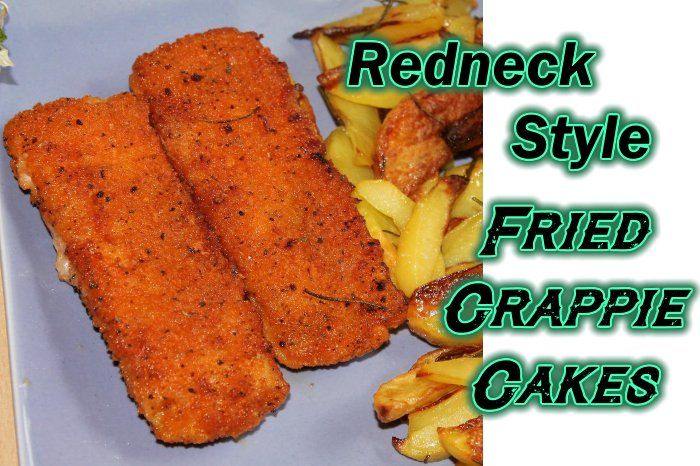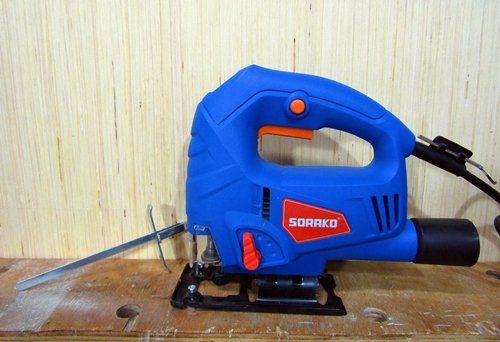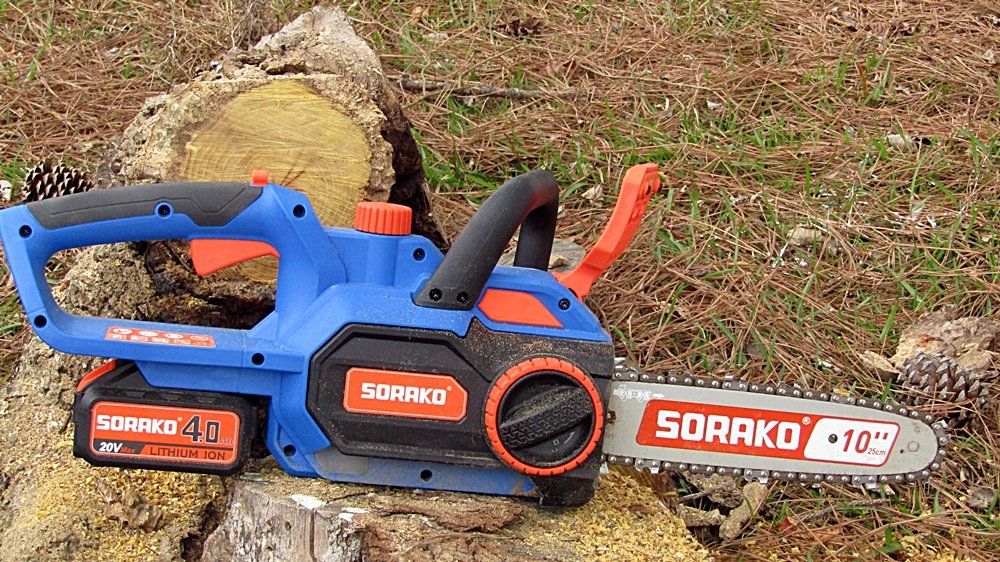Doodling Technique for Bass
June 7, 2015
Doodling is a successful bass fishing technique if done correctly.
Bass doodling can produce big largemouth when no other bass fishing technique works. Below are some tips for successful bass doodling.
Doodling is a fishing technique best used on suspended bass when the water is clear and deep. However it can be used on not so deep water as long as the water is clear to stained.
When doodling for bass a 6 foot, medium-light rod is recommended. Bait casting reel for 10 pound test and up, spinning reel for 6 to 8 pound test. Place a small glass bead between the worm and the brass sinker. And use the Texas Rig style to avoid hang ups.
A 4 to 4 and a half inch worm on 1/0 hook, or a 3 inch grub on size 1 hooks are best suited for doodling for bass. Make sure your hooks are sharp to insure maximum hook up potential. Some good brands will be found below that are good and sharp right out of the package.
Paddle tail worms seem to work best when doodling for bass in the spring. But doodling for bass is best done with straight tail worms in the fall. Bass doodling on deep structure should be done with a 3/16 ounce weight and a 5/32 ounce weight on suspended bass.
How to do it.....
Let the bait sink to the desired depth, then shake your rod tip to get the fishes attention. Now just wait about 30 seconds. Shake the rod tip again for a couple seconds. Stop then pull the worm up about 6 inches. Now slowly let it drop back and repeat. If the bass don't respond, slow the technique down a bit. If you feel a bit of a pull, it's likely a bass has taken the bait. Set your hook at this or anything else that feels different.
Bass doodling is best done with a purple worm or grub on overcast days and in deep water. Motor oil works good in summer and fall as it resembles the small shad and fingerlings found in the shallows which turn black in deeper water. Browns and reds are good in spring when doodling for bass. The more stained the water, the darker the color is a good rule to go by.
When doodling for bass in the spring fish uphill either from shore or position your boat in the shallows and cast deep. Use a 1/8 ounce weight doing this. And reverse it when bass doodling in the fall. Make sure your presentation is correct when doodling for bass. Most strikes while doodling are not reaction hits so a poorly rigged worm and its presentation will drop the chance of a bite to nothing. Also a long sweeping hook set works better than a snap hook set as the snap hook set will drop slack and often allow a poor hook set to drop out of the fish’s mouth.
Redneck Know How Blog
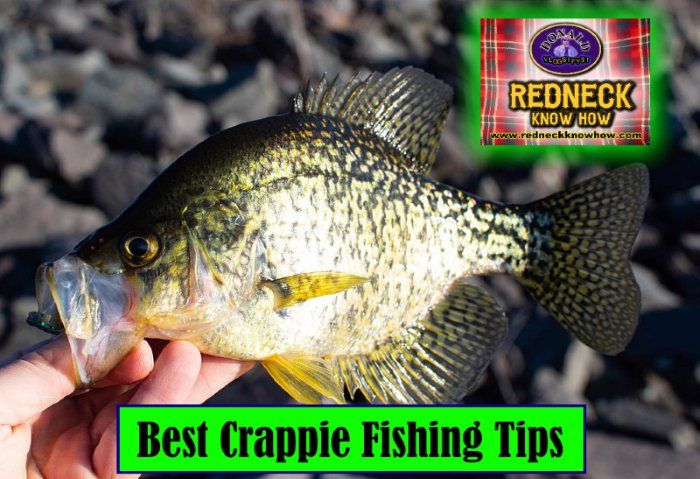
Every fisherman has his or her own favorite techniques to catch this beloved fish. Why is crappie, (or pomoxis, if you want to get scientific), are so beloved? Well, they give one heck of a fight when caught. A 2 lb. crappie can put up a fight to rival a bass of larger size. So catching them is fun. There is also the taste factor. Fried crappie tastes great.
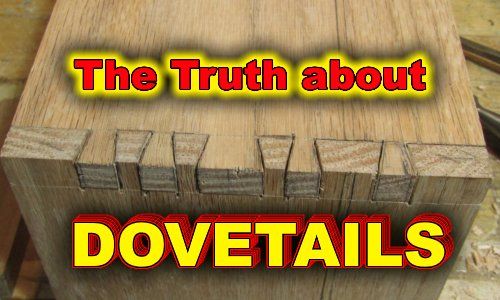
Everybody seems to be in love with dovetails these days. Myself included. They look nice, feel nice, and they make the woodworker feel an overwhelming since of pride when he makes tight and even. Especially the hand cut dovetails. Dovetail joints can be produced with power tools. And there are dovetail jigs you can buy and make. It makes getting precise dovetails with no gaps a lot easier. But nothing feels more satisfying than finally getting hand cut dovetails tight and gap free. And for the record, I use the term, “gap free”, very loosely. I’d wager that even the best woodworker gets gaps in their dovetails no matter how hard they try. Maybe not as many as us new to middlin’ woodworkers, and certainly not as noticeable, but there are gaps in their dovetails. Nowadays, people use dovetails not only as a joint, but as decoration. A showpiece if you will to show off the craftsmanship of the woodworker. But the reality is that they were not originally meant to be pretty. They were utilized to hold pieces that were heavily used together. Such as drawers or other parts of furniture and other items that were constantly pulled or tugged on. In the example below, you can see how the angles of the dovetails will keep the joint from coming apart during the tugging of the drawer when opening it. This part of the joint is where the dovetail joint get’s it’s name. Often when used on boxes, the orientation of those angles are switched around, placing them on the front of the box as a decoration, and the pins of the joint is put on the side. Great for looks, not so great for function. Of course for most smaller boxes, the function of the dovetail really isn’t needed and using dovetails for looks is fine and an anesthetically pleasing way to show off craftsmanship. But let’s not give up on using the dovetail joint for utilitarian purposes when building boxes too quickly. They can be a great way to join a bottom to a box that will be holding heavier stuff, such as tool boxes. The angle of the dovetails can manage the stresses of carrying heavier items such as tools if you wish to maintain a *NO screws or nails* policy on your woodworking projects. Or you can use the dovetail joint along with screws for extra protection against the bottom dropping out. So the purpose of the dovetail is a lot more than to just make your woodworking look good. In fact, long ago, they were hidden. Simply a way to join parts and give them the strength to do what the item was meant to do, and be hidden when the drawer was closed. Using the dovetail joint for decoration is a modern thing. Which I have nothing against. I love to show off dovetails I’ve made nearly perfect. Well, in my eyes anyway. Roy Underhill and Paul Sellers would likely just look at them and grin, maybe chuckle at me being so proud of something so far from the skill level they have achieved.





